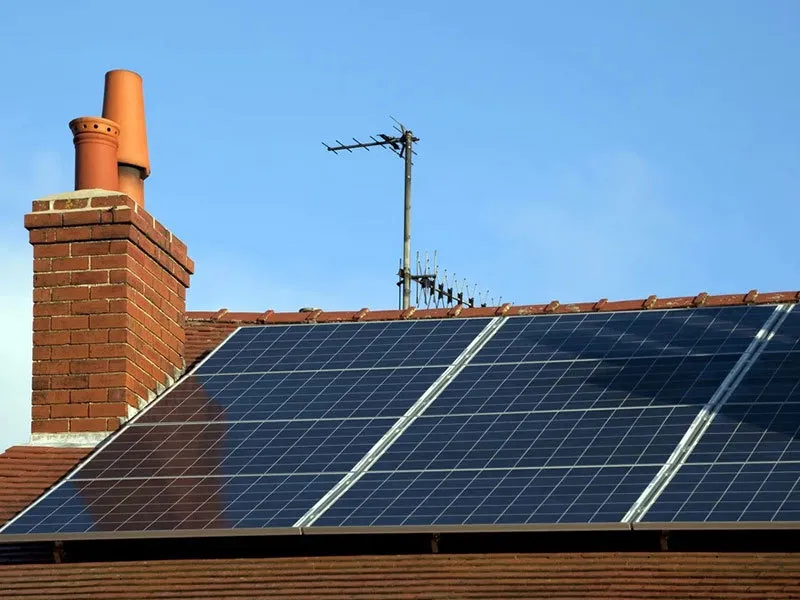Recent Advances in Solar Panel Efficiency and Performance Enhancements
Current Solar Panel Efficiency A Focus on Technological Advances and Future Prospects
As the world increasingly turns to renewable energy sources to combat climate change and reduce dependence on fossil fuels, solar energy has emerged as a leading contender. The efficiency of solar panels, which refers to the amount of sunlight converted into usable electricity, plays a crucial role in the deployment and adoption of this technology. Over the years, significant advancements have been made in improving solar panel efficiency, with current technologies yielding remarkable results.
As of 2023, the average efficiency of commercially available solar panels ranges between 15% to 22%. However, high-efficiency panels, using advanced materials and innovative designs, have achieved efficiencies upwards of 26%. This is a significant leap from the early days of solar technology when efficiencies were as low as 6%. The improvements have largely been driven by research and development efforts, focusing on enhancing the absorption of sunlight and minimizing energy losses.
Current Solar Panel Efficiency A Focus on Technological Advances and Future Prospects
Another promising area of research is the development of bifacial solar panels, which can capture sunlight from both sides. By utilizing reflected sunlight from surfaces like roofs or ground, bifacial panels can increase overall energy output by approximately 10-20% compared to traditional monofacial panels. This technology not only enhances efficiency but also maximizes the use of available space in solar installations.
current solar panel efficiency

Additionally, the integration of new materials such as perovskites is pushing the boundaries of solar panel efficiency. Perovskite solar cells, made from a unique crystal structure, have demonstrated efficiencies exceeding 25% in laboratory settings. While they are still in the developmental stages for commercial applications, their potential for lower production costs and superior performance has generated significant interest in the solar industry. Researchers are working to address challenges related to stability, scalability, and environmental impact to bring these innovative cells to market.
Furthermore, the efficiency of solar panels is not solely defined by their conversion rates; factors such as installation angles, geographic location, and local weather conditions significantly influence overall performance. Solar tracking systems, for instance, can enhance energy collection by adjusting the panel’s angle throughout the day to follow the sun’s trajectory. As technology continues to improve, the integration of smart grid systems and battery storage solutions will enable better management of solar energy, further increasing its feasibility as a primary energy source.
Looking ahead, the future of solar panel efficiency appears promising. With global investments in solar technology and expanding governmental supports, such as incentives and rebates, the adoption of solar energy is likely to accelerate. As research continues to bear fruit, we can expect to see more efficient, affordable solar panels making their way into the market, ultimately contributing to a more sustainable energy future.
In conclusion, the advancements in solar panel efficiency over recent years have been remarkable, driven by innovative materials, technologies, and methods. As the demand for clean energy solutions continues to grow, the solar industry stands poised for continuous improvement and widespread adoption, positioning solar power as a cornerstone of global energy solutions in the years to come.
-
Unlocking Energy Freedom with the Off Grid Solar InverterNewsJun.06,2025
-
Unlock More Solar Power with a High-Efficiency Bifacial Solar PanelNewsJun.06,2025
-
Power Your Future with High-Efficiency Monocrystalline Solar PanelsNewsJun.06,2025
-
Next-Gen Solar Power Starts with Micro Solar InvertersNewsJun.06,2025
-
Harnessing Peak Efficiency with the On Grid Solar InverterNewsJun.06,2025
-
Discover Unmatched Efficiency with the Latest String Solar InverterNewsJun.06,2025







